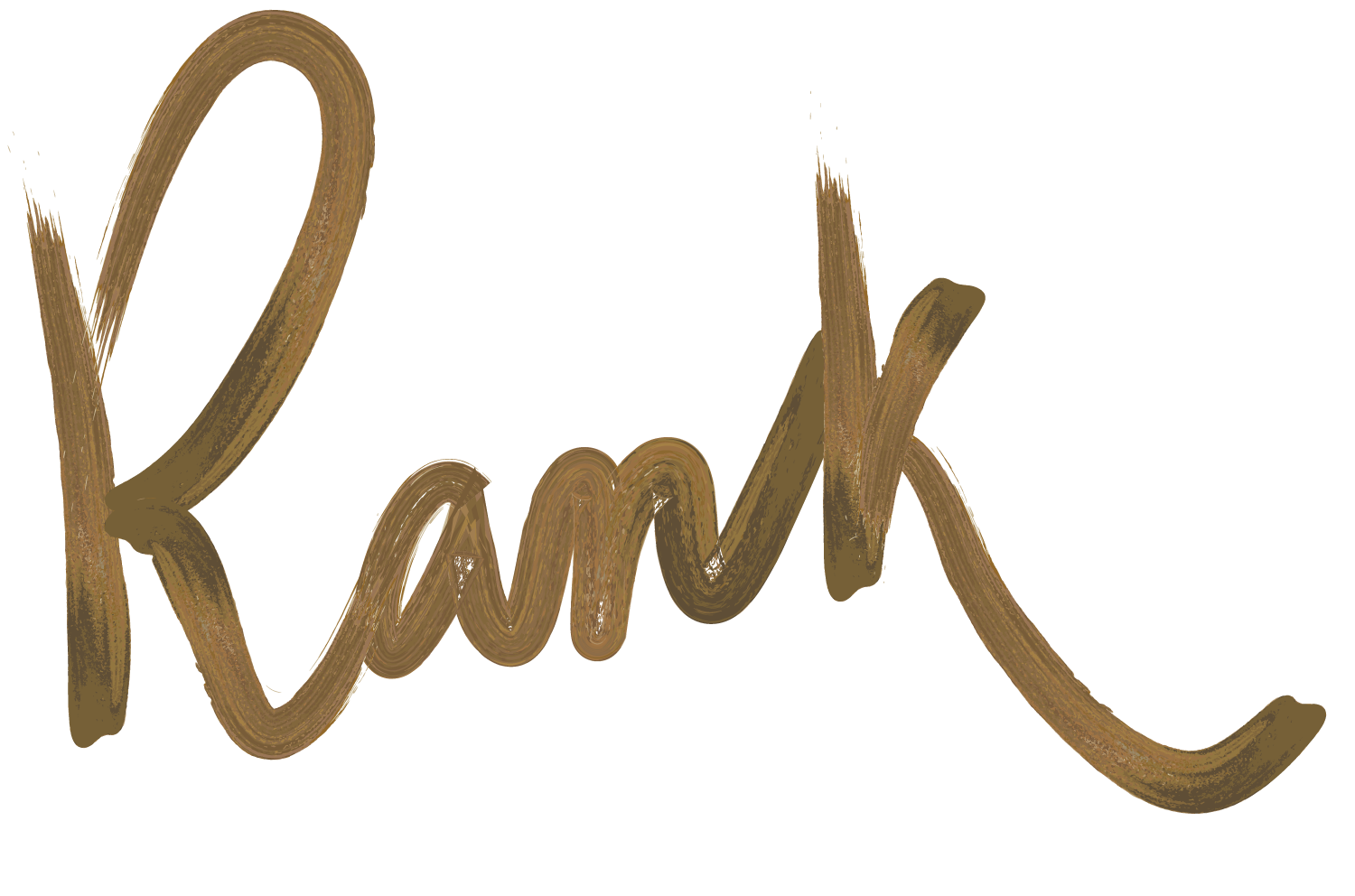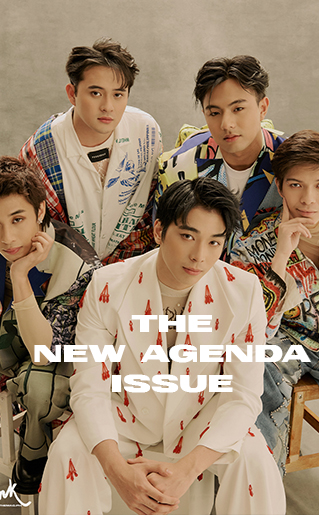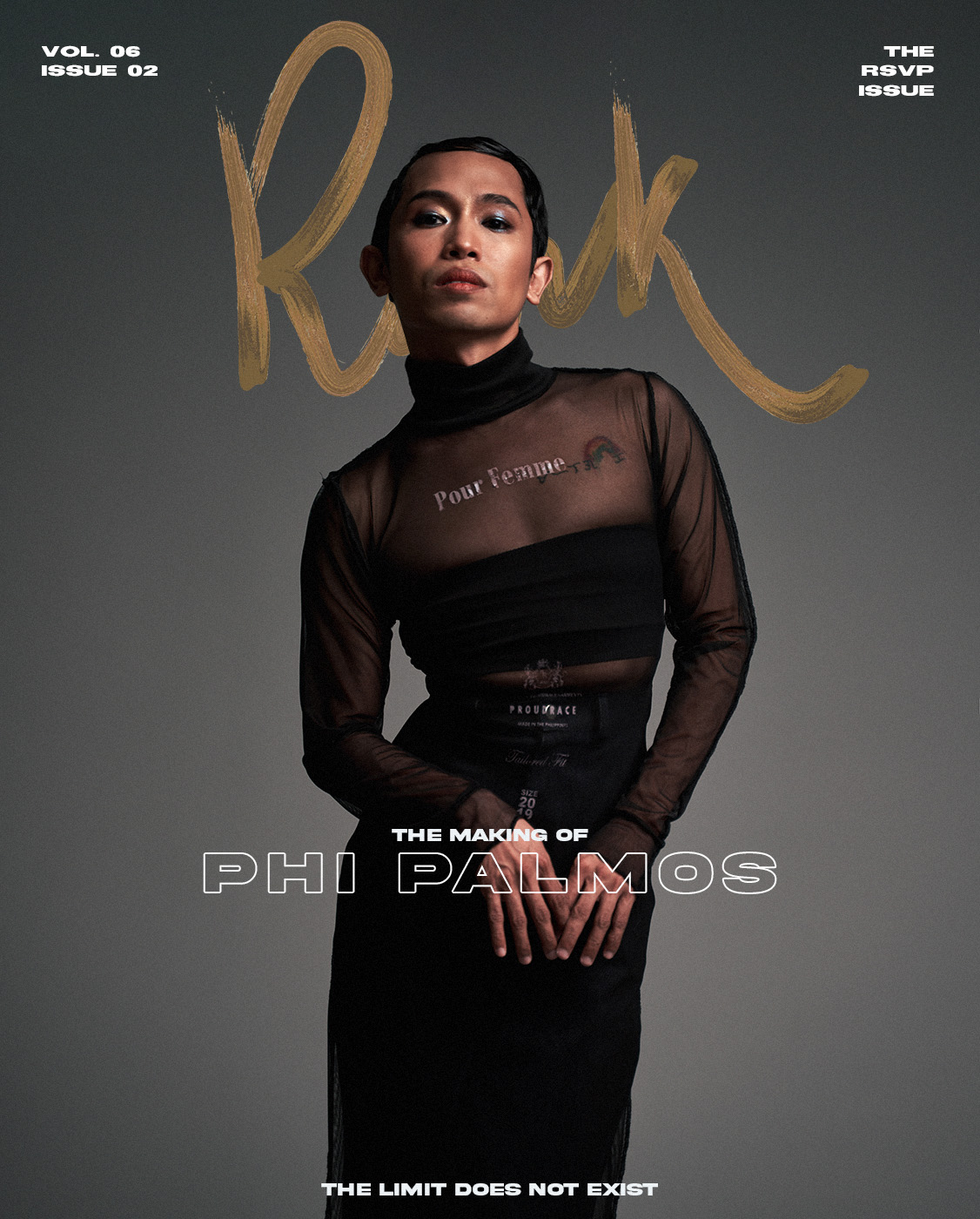
At the press preview of Philippine Educational Theater Association’s “Walang Aray”, after the rapturous applause quieted down ending a well-received evening of irreverent comedy and a barrage of euphoric earworms for songs scattered beautifully in its production, leaving the theater, we see Phi Palmos, clad in what he called as his “theater-day wear”, stopped in his tracks by fellow fans of the theater and even several actors beelining to grab a photo and to congratulate him for his recent roles. Funnily enough, he is not even part of the night’s production.
He knows it too well. In the community he has long been exposed to, the theater, television, and even independent cinema, he is an unmistakable force. It is very common to see fans of his art gushing at the sight of him because of the indelible mark left by the string of roles he has recently been seen in.
For one, on Netflix, as Ganda, the doting uncle of its young lead and opposite Baron Geisler in his return to the screen, Palmos is the breakout star. The same goes on closing night at the sold-out theatrical masterpiece “Mula Sa Buwan” last December, where fans of his role, Rosanna, the queen of the show’s band of misfits, swarmed to get a snap of and with him, garbed in his now-iconic dotted shirt and magenta pants. Or maybe as young Anthony in the groundbreaking virtual screening of the crowd-favorite “Ang Huling El Bimbo”, to which he still gets an, “I love your role in El Bimbo,” from time to time.
But outside the confines of his turf, where his applauded stage performances are a fixture to fans of the theater, at 36, it is with wisdom and self-awareness that Palmos knows and understands that there’s always a good chance people recognize him as a familiar face without knowing his name. And this is something he has long been comfortable with. Now, treading the path of his still evolving decade-old career, that is something he wants to change.
“I want to be famous,” he shares matter-of-factly before letting out a coy laugh. “Am I the first subject who openly said that?”
In fact, years back, he remembers he wouldn’t even have thought of making such prononouncement. “Before, I’ve always thought that I want to be low key in my career. I just want to focus on my art and do what I want to do. But I have realized that the more ‘famous’ I get, the more I get to do with my platform and the more that I could influence other people using my art. It sounds big and pageanty, but why not? That’s the dream.”
FULL CIRCLE
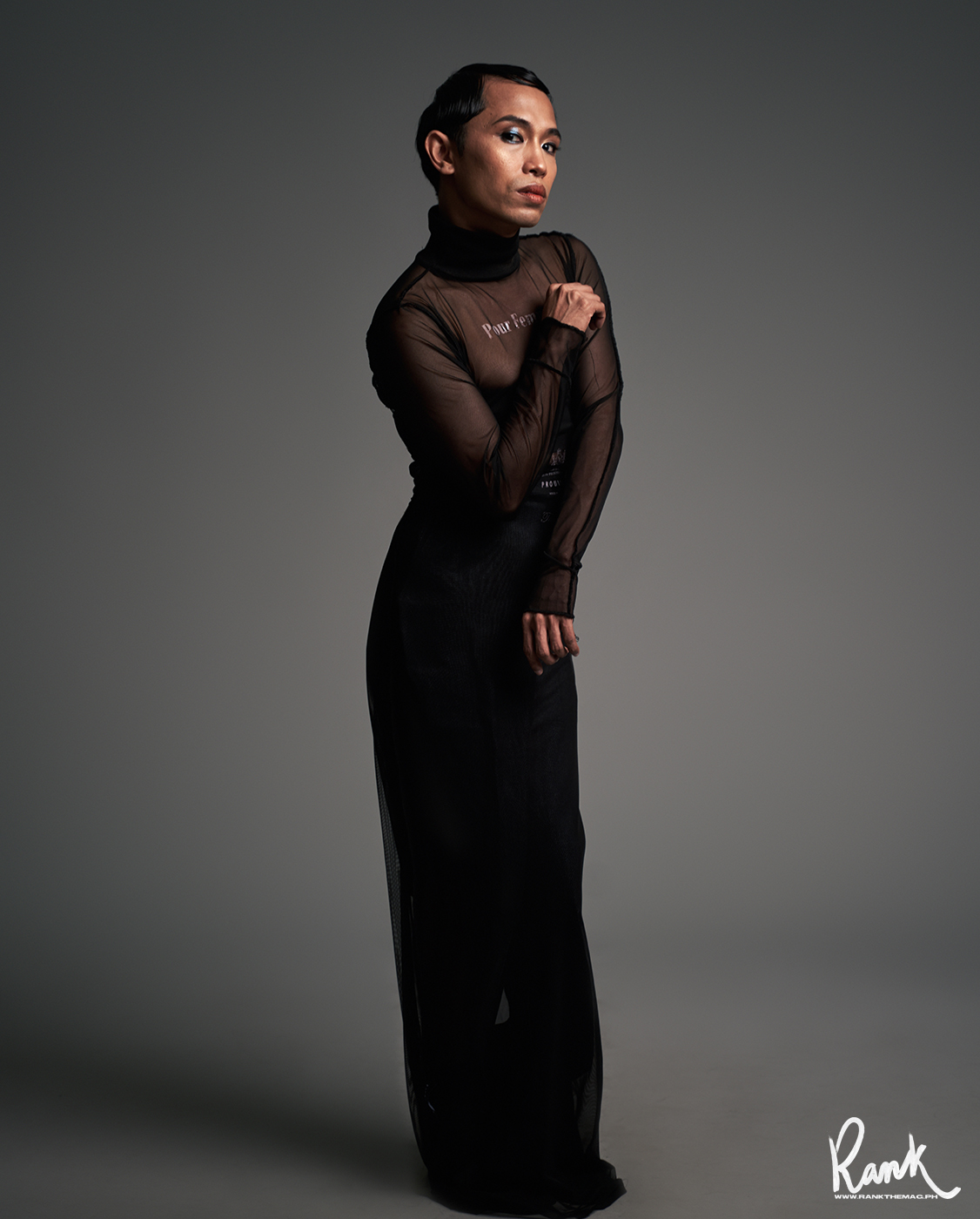
Mesh Pour Femme dress, Proudrace. Bandeau top (worn underneath), Bench. Pants, Nina Amoncio.
Time and again, we have been told how the arts not only demonstrate the vision and talent of its practitioners, but, more importantly, reflect the beautiful tapestry of cultures in human existence. For years, the theater arts, in particular, has been widely recognized as an expressive, entertaining, educating, and engaging form of art as it resonates and forges an instantaneous bond with its audiences—building relationships among people from all walks of life that therefore transcends cultural barriers.
As it has been said, the role of Philippine theater is vital in society as it creatively preserves history; it is a powerful medium and a voice for every Filipino that mirror the “now” in hopes of learning from it. From student clubs to international organizations, we see the youth actively participating in becoming the voice of their culture through theater. But its beauty is never seen right away.
With the live scene, particularly the theater stage, as the last to be given the green light to return due to the pandemic, for Palmos, speaking on behalf of the many theater actors and professionals displaced during the time of the health crisis, there is immense gratitude but with it, a multitude of fears and questions that came with this return—like becoming a child taking on his first steps—again. “Happy is an understatement na makabalik. Hindi lang kasi ito live events, it’s theater.”
“In ‘Mula sa Buwan‘, nung first time na nag-harmonize ang cast, I think that’s the first time na we felt na, ‘Oh my God, we’re really back. We’re actually doing this. We’re really doing this now.’ I got teary-eyed because we cannot do that on Zoom! ‘Yung kumanta nang sabay-sabay, without worries of someone logging out because of poor connection or someone lagging and us having to start again.”
Of course, all the excitement comes with worries. Despite finally being able to go out and perform live, the past years which taught us to distance ourselves from others have called for adjustments.
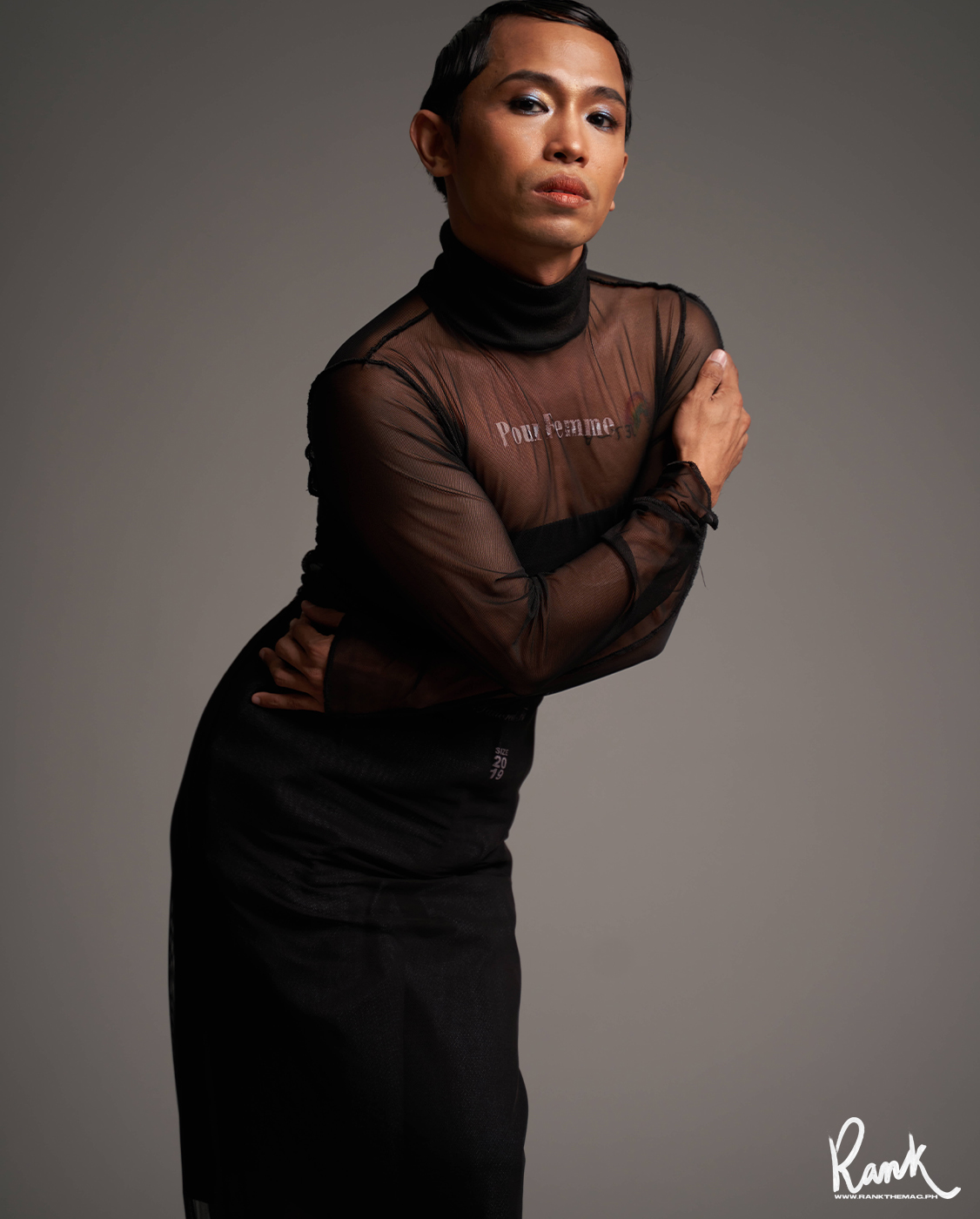
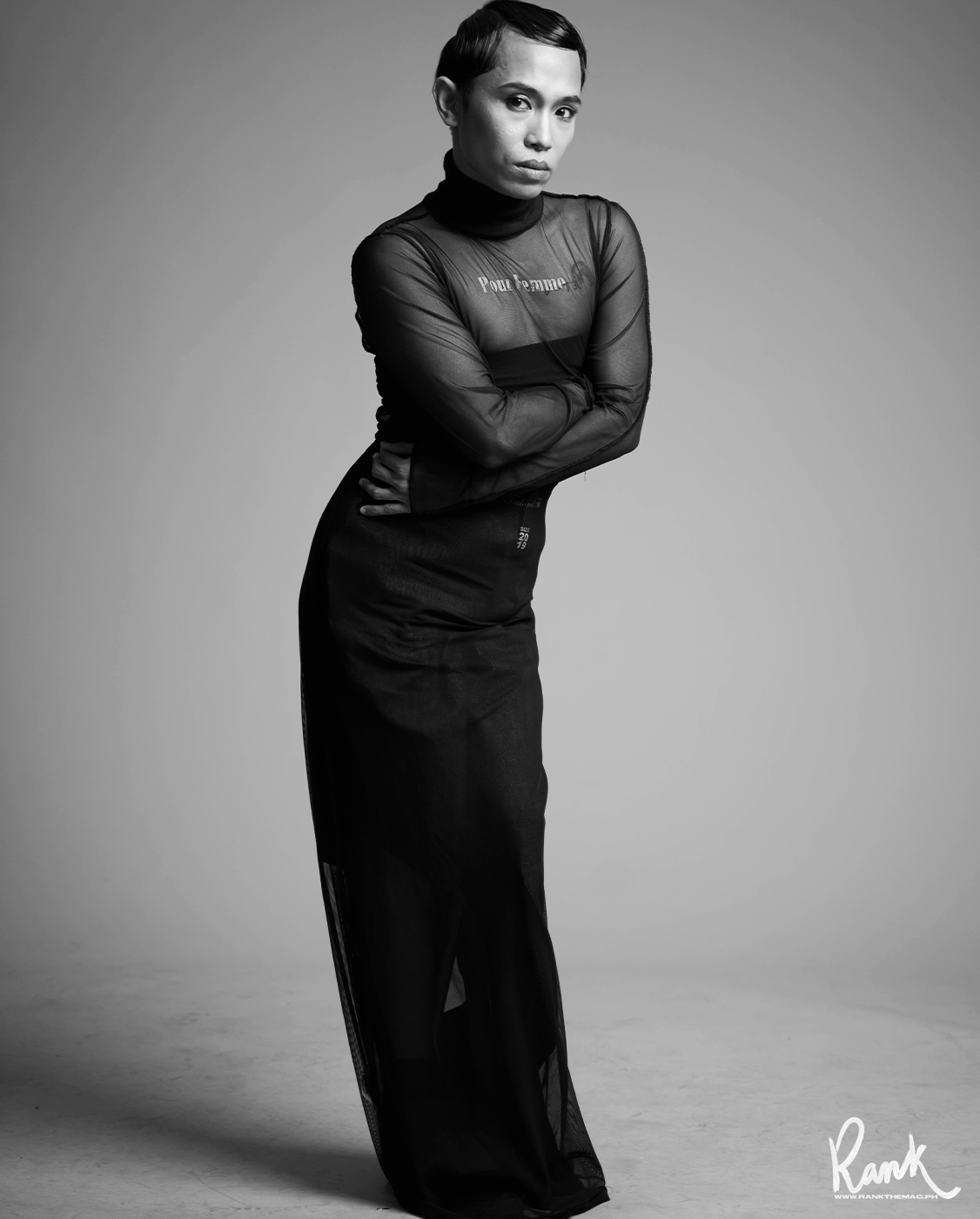
He recalls, “In between, ang dami na naming tinry na gawin. I did Virgin Labfest at the height of the pandemic. Yes, the very first theater festival in the world na makagawa noon. It was really hard because ang mga ka-eksena mo is on Zoom so you’re second-guessing yourself. I think doon nagsimula ‘yung doubts eh–when I was doing a scene, hindi ko alam kung bumabato ba ‘yung energy ko. Am I getting through them? Mga ganiyan. As in, talagang hindi ko alam. So, I think doon nagsimula ‘yung doubts for many of us, as actors trying to navigate the first steps back to the world we somehow were not allowed to go back to for quite some time. And it’s a bit disorienting. Hindi siya biro.”
“Sobrang dami nung adjustments because naalala ko talaga nag-rehearse kami with masks on for MSB. Nagtanggal lang kami ng masks when we were inside the theater, and that’s another adjustment when we saw each other nung nakita na namin ang isa’t isa because we’re so used to seeing people with masks eh, even during rehearsals. We thought, ‘Ito pala itsura ng ka-eksena ko.’ It’s a totally different world–the discipline is still there–it’s intact, the craft, but we are forced to really adjust to what we have right now.”
From hurdling the mental toll once unimaginable for people like him plucked out of their safe space as actors and thrown back into the narrow confines of their homes for months and years on end, then came the physical demands of the stage.
“You know, as theater actors, especially if you are a musical theater actor, you are like an athlete because you sing, you dance, you act, you think of the props, you think of blockings, you think of everything. And then for two years, you’re not doing [any of] that. Online, you don’t really do the blocking because [demonstrates the screen] ito lang ‘yon–your face. So, [aside from] the mental, it’s really the physical state. We all felt it. We all felt what the pandemic has done,” he discloses.
“I also felt that when I did ‘The Reconciliation Dinner’ because that’s pure monologue [naman]. Akala [ko], ako yung pinaka-prepared kasi kagagaling ko lang sa ‘Mula sa Buwan’ while most of [my co-actors], that’s their first full performance onstage. Akala ko I’m prepared pero again, it’s a totally different ball game. Yes, it’s theater, pero iba din ‘yung mental fortitude na kailangan mo with straight plays. When I did [it], it was like I was transported from when I first did rehearsals for Mula Sa Buwan. I realized na hindi pala talaga ako nagmo-monologue. This is the first time, because I did a monologue [before] pero it’s in the confines of my home–I don’t have to project or anything, I don’t have to move that much because this is just the screen. When I did that, it’s really the physical. The physicality of what we do in theater, that’s where all the doubts came from.”
IN THE BEGINNING
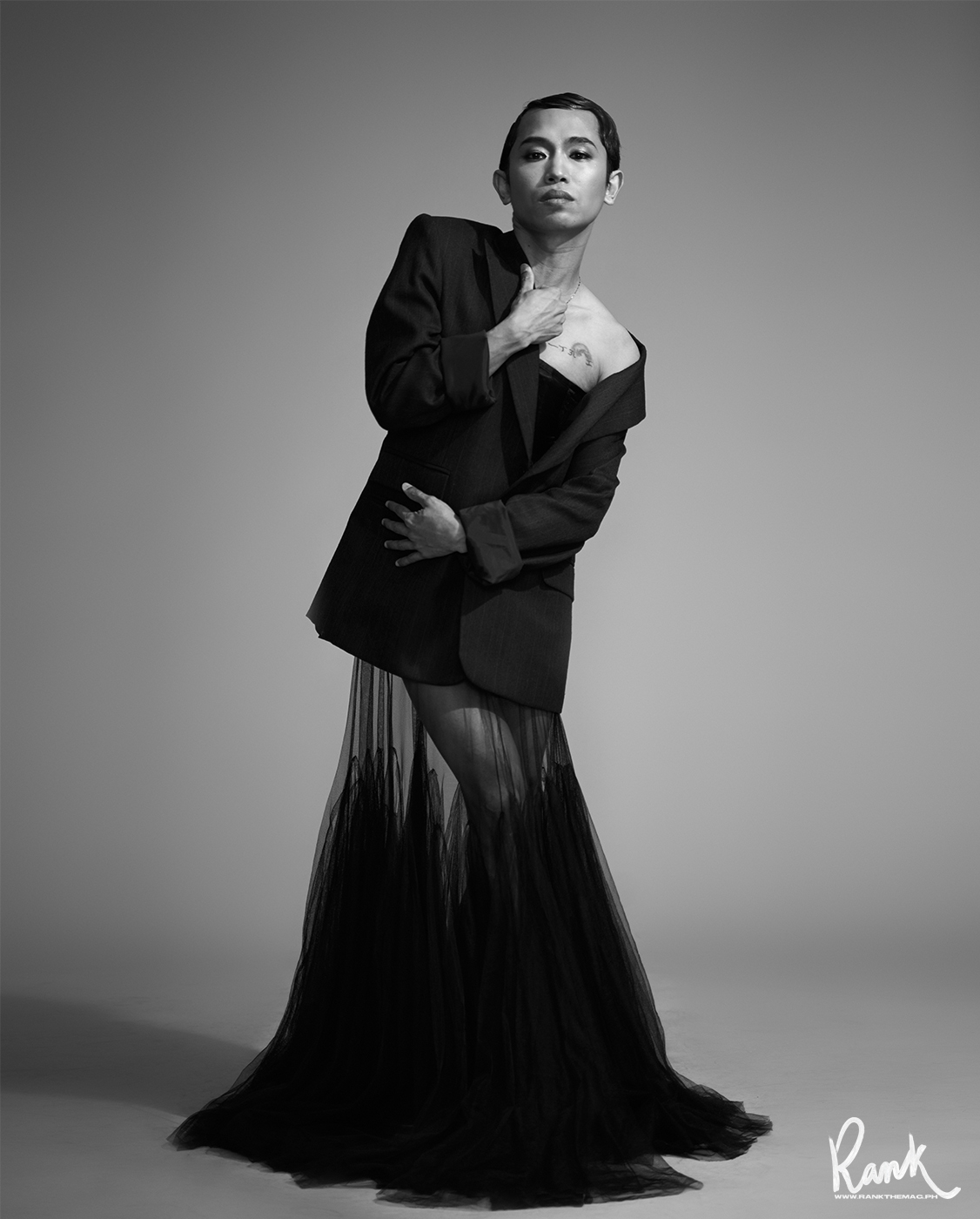
Blazer, Edwin Tan. Bandeau top (worn underneath), Bench.
But in his 10 years in the industry, now with three years of rough, unprecedented patch navigating the art of acting amid a pandemic in between, Palmos expresses the realization of how he takes his craft very seriously, as if one of the biggest, if not, the most important role he has to take on and perform as a person, outside the ones he had already auditioned for and actually triumphed over. And how, in a decade of stepping in and out of audition rooms, auditoriums, acting sets, and awards show stages, as he recounts his experiences in entering and leaving a mark in the entertainment scene, it is his arduous love for the theater that served as his ultimate gateway. Beautifully, it is through theater, even in the midst of the great big pause, that he has remained a force to be reckoned with.
“I started in theater but hindi ko talaga nakita ang sarili ko to be an actor, ever. But I am a fan of movies, theater and TV, and pop culture in general, bilang bakla.”
Matter-of-factly, Palmos shares not even joining a single theater organization back in college and the closest affinity he would have with the theater arts harks all the way back high school, directing “Noli Me Tangere” and accidentally leaving out a role without an actor, that he would then step in and take on. But the raging love for the blinding lights of the theater has not once dimmed—saving money after college to see shows that, years later, he would soon star in.
But the making of Phi Palmos, the multi-awarded theater, film, and television actor, singer, and advocate, happened no small thanks and credit to the virtual world, of note, of Multiply, which bridged the gap of him being a lurking fan on the sidelines to meeting and interacting with his icons on the stage.
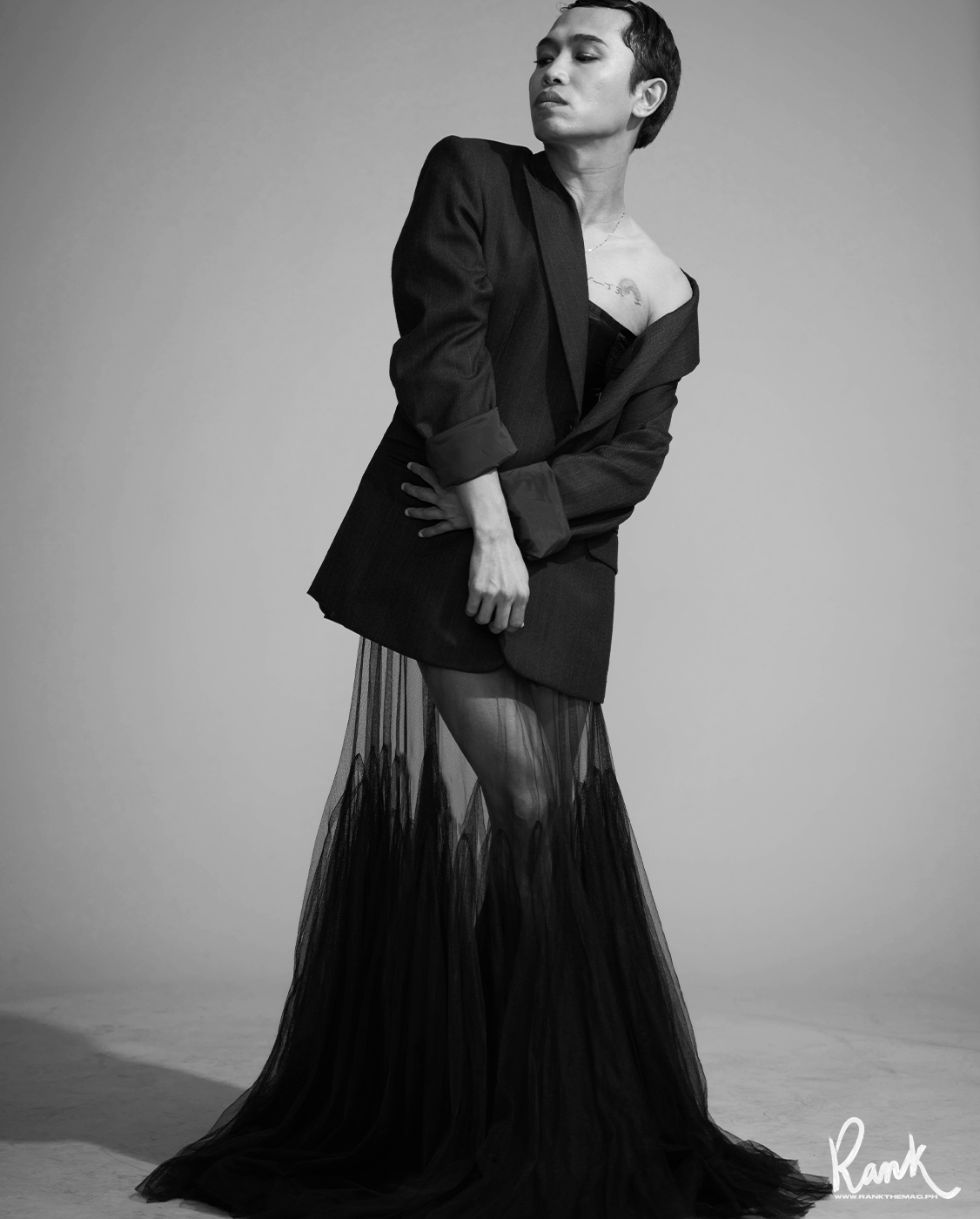
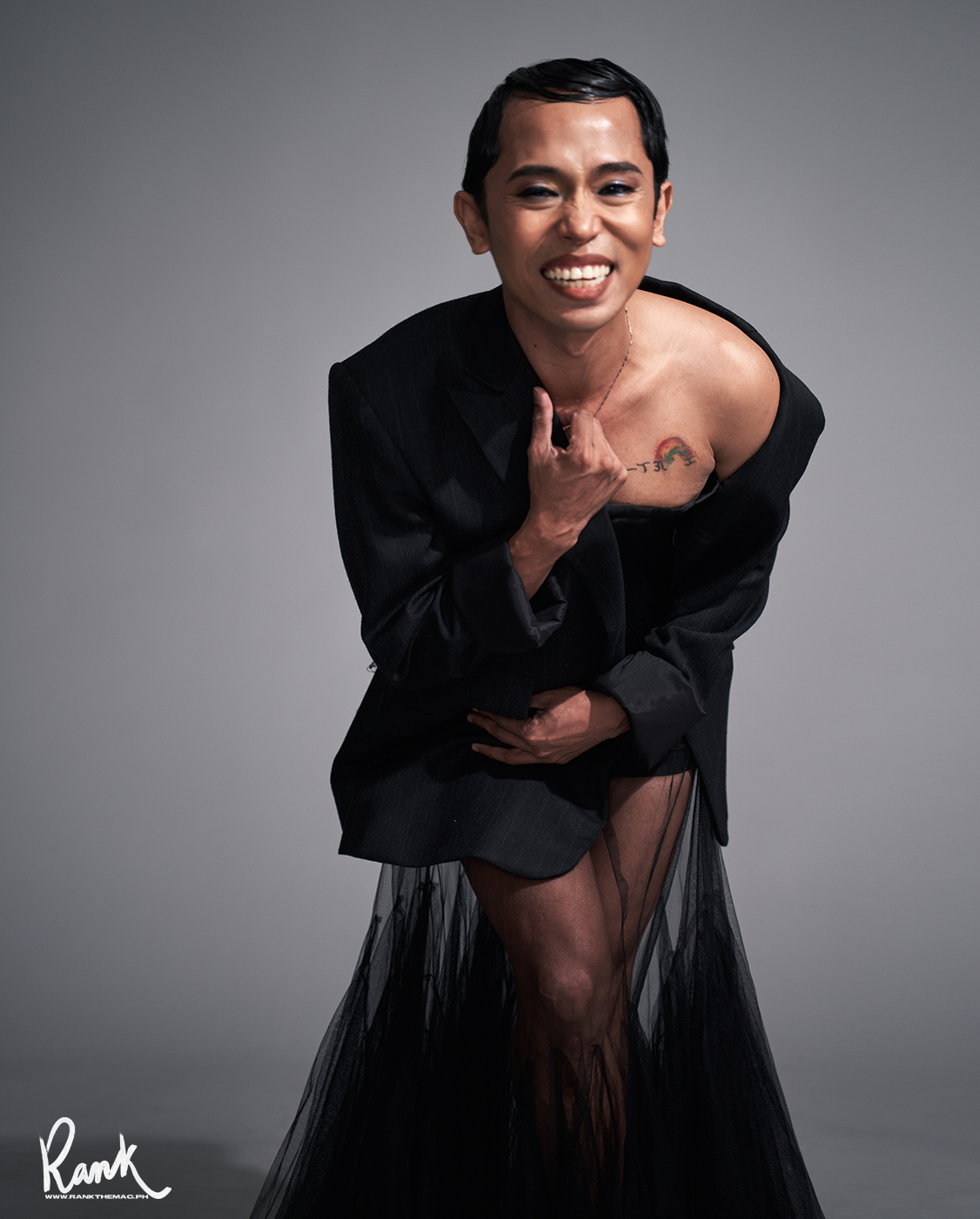
He divulges, “During that time, nahahanap ko yung mga theater actors there. So, I was able to have an interaction with the original Ada of [the musical] ZsaZsa Zaturnnah, Tuxqs Rutaquio, sila Arnold Reyes, Ricci Chan [and the likes]. And they are all so wonderful kasi nagre-reply sila.”
All of these interactions, for Palmos, served as his entry to the scene. Armed only with the love and understanding of the craft, he would meet not just thespians from productions he has seen but like-minded people online who would exchange thoughts about the culture-shaping art of the stage that would hone and keep his interest alive, in the midst of toiling a career in the BPO industry.
But it was an unexpected friendship with another ZsaZsa Zaturnnah stage actor, Nar Cabico, that would further open doors for Palmos and the multi-faceted career that would then follow. From watching Cabico’s shows, he would be introduced to players in the field of theater in cast parties that would later on land him many opportunities, from leaving his corporate job in the call center industry to singing in comedy bars, before auditioning for roles in theater, and transitioning to acting for the camera, be it in television and films that would later on give him awards he never knew he could aspire for.
It was years later, much like the narrative arc of a protagonist beautifully written for the stage, that Palmos, in 2023, would play Ada, the lead iconic queer character he has long fawned and gushed over in the restaging of Ateneo Blue Repertory’s “ZsaZsa Zaturnnah: The Musical… Yun Lang.”
SECOND ACT
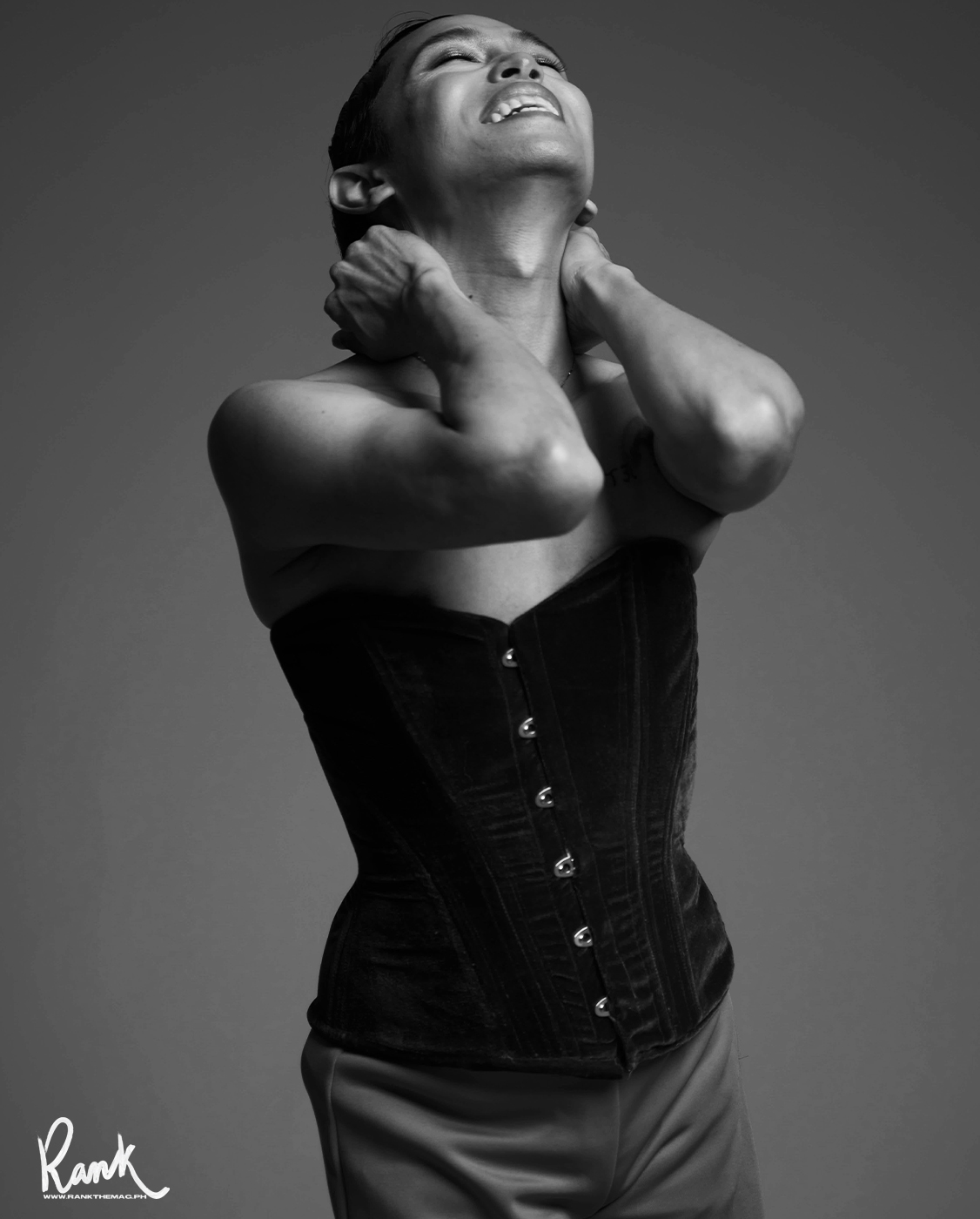
Corset, Job Dacon.
Especially with the seismic shift brought about by the pandemic that saw entertainment industries adapt to the many changes to the art and discipline of performing for the camera and for the stage, Palmos, in his introspection of the trajectory of his storied career, sees this as the most opportune time to take more leaps into the career he has molded in the years he has been active—what it is, what it represents, and what it could be.
“I am one those few lucky performers na hindi ako nag nagbago ng karera. I mean, I’ve seen that during the pandemic, we have brilliant actors and actresses na biglang naging chef, nagbenta ng kung ano-ano. But because of the streaming of ‘Ang Huling El Bimbo’, hindi ako nag-change ng career, but during that time [pandemic], I was really prepared to–as in babalik na ako sa call center. I was really checking those options,” he shares.
“But then, ‘El Bimbo’ came and there came opportunities pa rin to act online, so I guess ang pinaka-challenging for me or the first thing that I did was bring back my stamina, because during the pandemic I also felt like, kumakanta ako, oo, pero there was a time that during the pandemic wherein I really felt that my voice is not my voice. It’s a different voice already. Siyempre, we were used to singing out, tapos, because of the pandemic nasa loob ka lang ng bahay, you have your mic so you can always take a step back and that’s two years of doing something like that. And suddenly, now you’re going back onstage.”
Even as he gamely rolls up his sleeves and gears up for the long, still-promising road ahead, he shares how it was only in 2018 that he realized that acting was the career he was meant to tread.
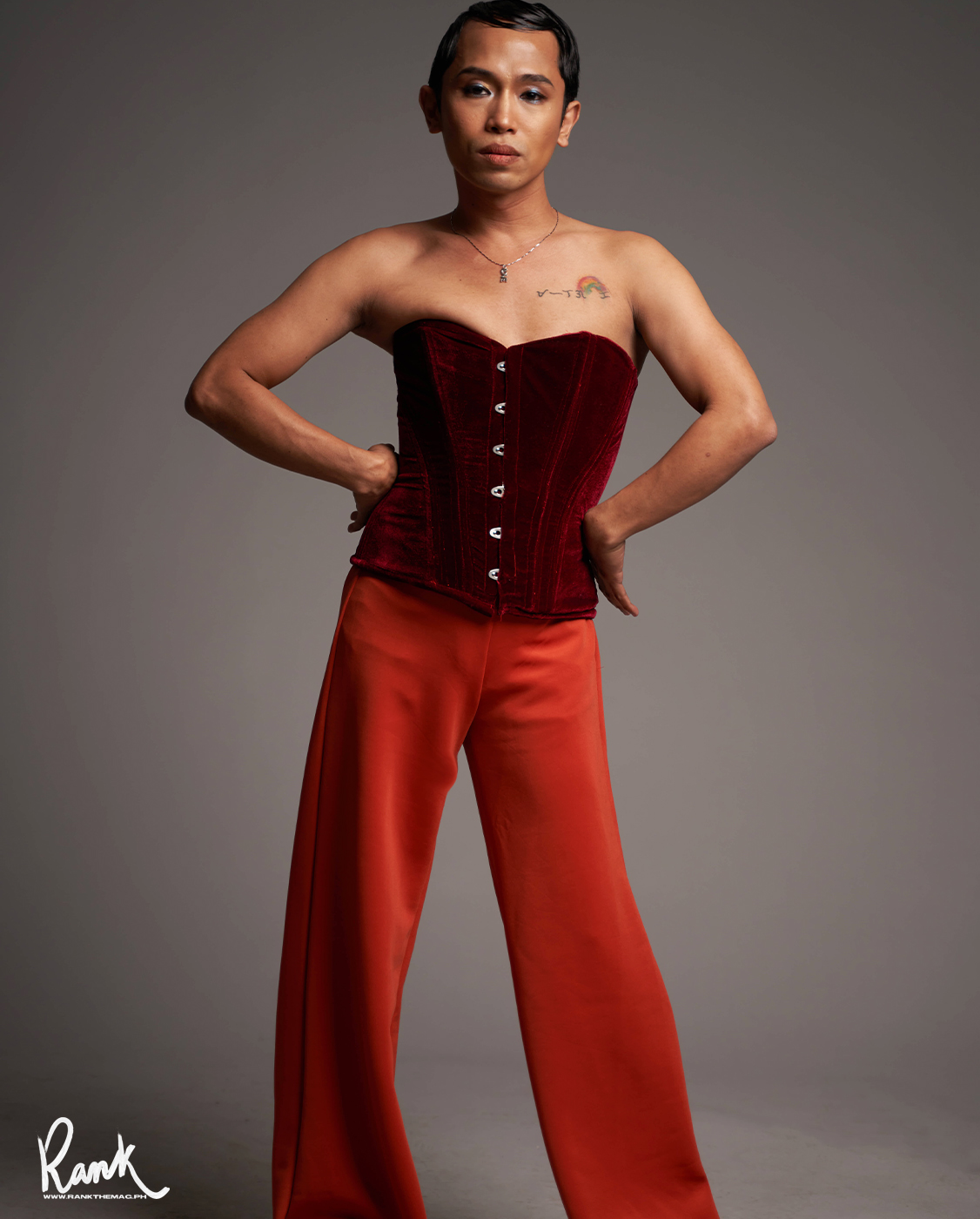
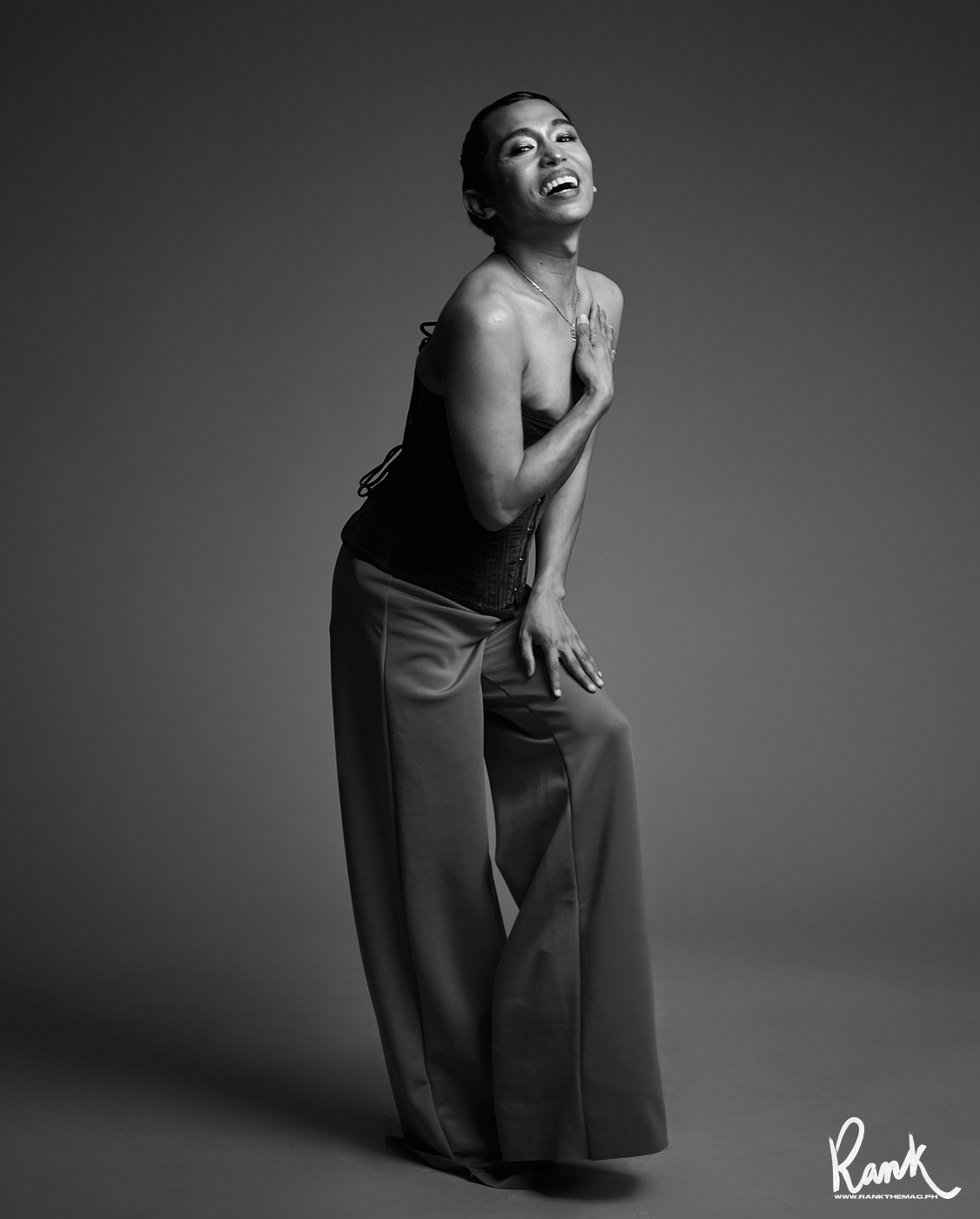
“I think the realization came [that year] because it’s only in 2018 that I accepted the fact that I’m an actor. I fully embraced that I’m an actor because I’ve realized I’m professionally doing it since 2012, 2013. 2012, when we started rehearsing for ‘Ibalong’.’ Basically, I’m an ‘actor’ but hindi ko matawag ang sarili ko na aktor. Whenever people would present me and say, ‘Oh, si Phi, actor din ‘yan,‘ Cringe ako. I just can’t. I don’t know if it’s Impostor Syndrome whatsoever, but sa akin kasi, feeling ko, I’m not worthy to be called or to be given that distinction because of how highly I regard actors,” he divulges.
“Tapos na-realize ko, baka magtampo. (chuckles) Alam mo ‘yun? Sabi ko sa sarili ko, ‘Lagi mong sinasabi na hindi ka pa rin actor eh, that’s your bread and butter. I realized since 2016, wala na akong ibang ginagawa. I’ve been acting on TV, on movie, theater. It was consistent. Nabubuhay ko ‘yung sarili ko with that profession. So, sabi ko, kailangan kong tanggapin.“
Having a firmer, fuller grasp of his individuality and artistry, since then, felt as if it was a gift that kept on giving, working with top names on the stage and even in television and films and with it, a string of successes in each of these fields from “Ang Huling El Bimbo” on the stage then in 2020 in Lawrence Fajardo’s Sinag Maynila film entry, Kintsugi that gave him his first acting nomination and acting award. Then in 2022, in the midst of sold-out runs on his return to the live stage, with “Mula Sa Buwan”, global streaming platform Netflix, saw Palmos as a breakout star in the independent film Doll House.
Charting his trajectory, since 2012, Palmos has already traveled through film, theater, television and digital media, but if you’ll ask him of the role that marks as a significant milestone in his already illustrious career, he was thankful that he is doing it now. “Ada, from ZsaZsa Zaturnnah, will always be that role for me. It was like things have gone full circle. I hoped and prayed for it but never knew it would be possible. I’ll do this role over and over again.”
Before sitting comfortably on the pantheon of icons that played the queer character on the stage and even in its film version before, Palmos notes, that the 2022 iteration of the fan-favorite original musical “Mula sa Buwan”, that placed his role of Rosanna as an outright queer character, which was originally written as and for a female character, served as another laurel tucked nicely under his belt.
AN EDUCATION
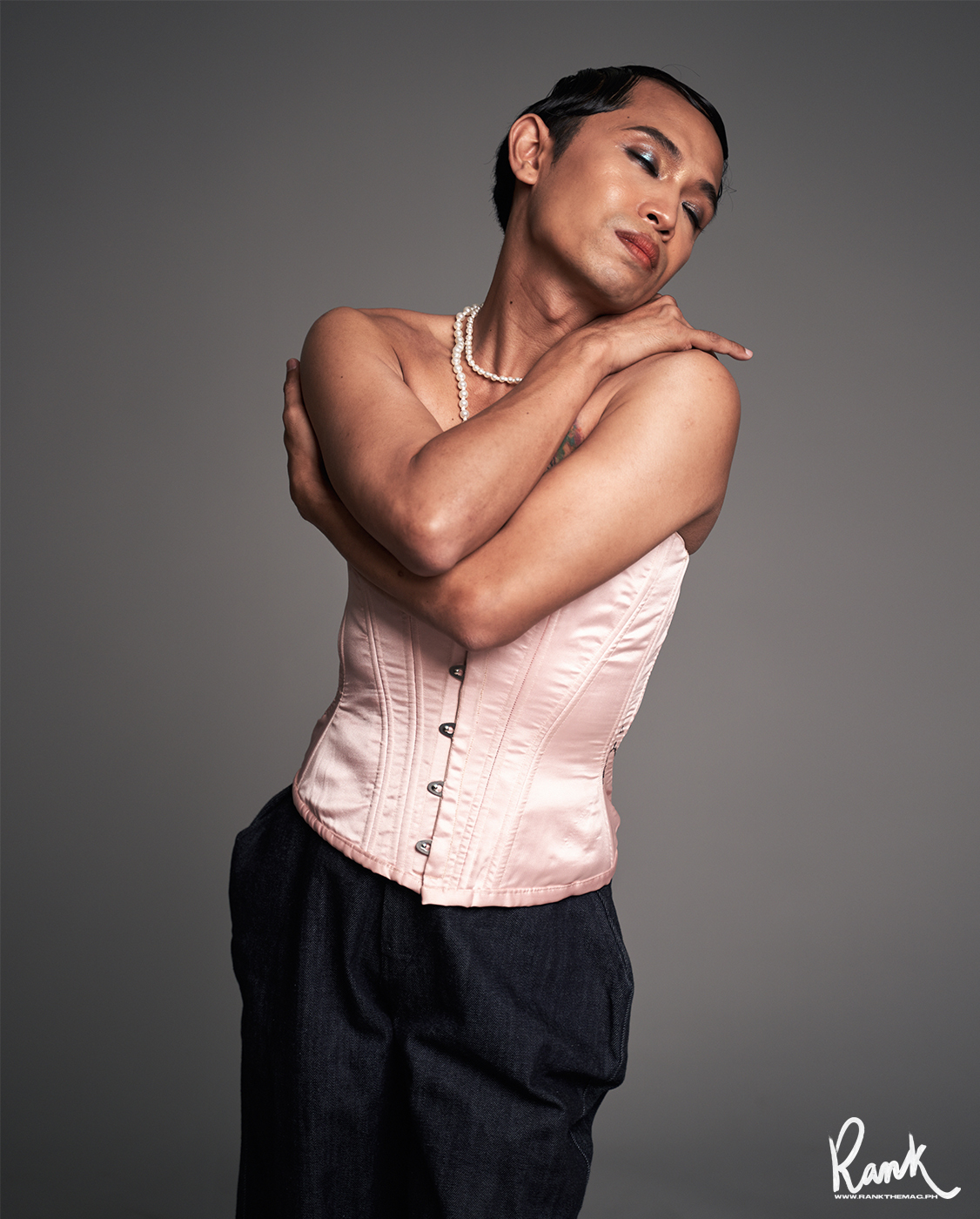
Corset, Job Dacon. Pants, Nina Amoncio.
On a cursory search, it is easy to see how Palmos has seen a steady and already significant ride in his artistic journey. But in all of these—the growing legions of adoring fans on and off social media, the cheers in auditoriums, and his ever-evolving acting portfolio—looking at his decade-old body of work, he knows that being an actor goes beyond the roles he gets to play with but on the statements that go along with these characters. A vocal advocate of causes he firmly stands for, particularly on gender and sexuality discourse, AIDS awareness, and social justice, it goes without saying that solidifying his career means cementing a more powerful platform to instill change, even in the slightest ways he knows how.
To him, even just landing a role he gets to breathe life to on the stage or for a series and film, in itself, is a statement worth making, especially to give visibility to “queer, femme, unconventionally attractive gays of the world”. Why? “Dahil mas marami kami,” he states.
“I think I will continue to play queer characters as much possible, kasi hindi lang femme or queer character yung nire-represent ko it’s a very specific niche—those who are unconventionally attractive, because I know that I’m fabulous and all, but I’m not the artista type, na parang pag nakita mo, ‘Ay, artista yan’ or ‘Ay, ang ganda.’ Makinis, maputi, the conventions of how an artista should look like. And I’m not that. Kaya ganon ka-powerful ang representation eh. I’ll be able to get a role that I get a guy, end up with a guy, and live happily ever after, that’s also telling those people who look like me, who identify as me that’s it’s also possible for them, and I want it to be possible for all of us. And if my little contribution is to play those characters then I’d be happy and if my sacrifice is to be typecast with those roles then well it’s fine, it’s just a little sacrifice for me to do. Pero, it’s such a big thing and a big leap for all of us who looks like me and identify as me.”
With his dream of being the representation of femme queer characters, Palmos makes a case for this long-debated notion of “type-casting” in the roles he has long been playing.
He discusses, “Para sa’kin kasi hangga’t hindi tinatanong yung mga straight actors and actresses kung bakit lalaki at babae pa rin yung role na ginagawa nila, bakit nyo tatanungin yan sa akin kung takot akong hanggang ganitong roles na femme, out, flamboyant, gays lang ang mga nakukuha ko. Hanggat hindi tinatanong [sina] Bea Alonzo, Anne Curtis, Christopher De Leon, Vilma Santos, Sharon Cuneta, hanggat hindi tinatanong ang ating greatest actors/actress kung bakit lalaki at babae yung role na pinoportray nila, bakit nyo tatanungin yung mga baklang actors kung bakit bakla lang ang nakukuha at gusto kong makuha. Kasi ang pag measure naman ng isang talent or ng abilidad ay kung ginagampanan naman natin ng maayos ang mga karakter na ibinigay satin. In fact, just because you’re a girl doesn’t mean you’ll be able to play a girl [character] effectively, so bakit yun ang sukatan.”
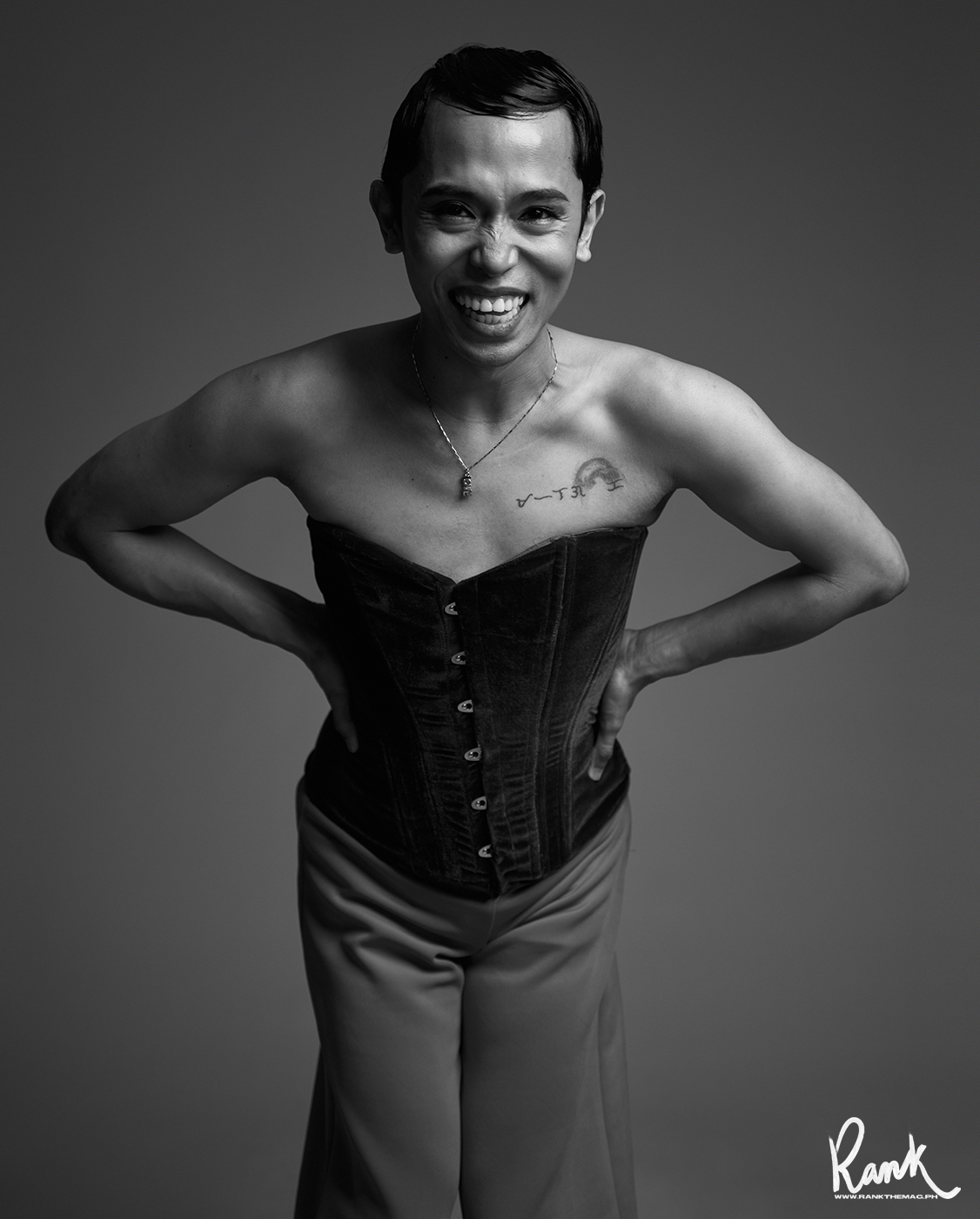
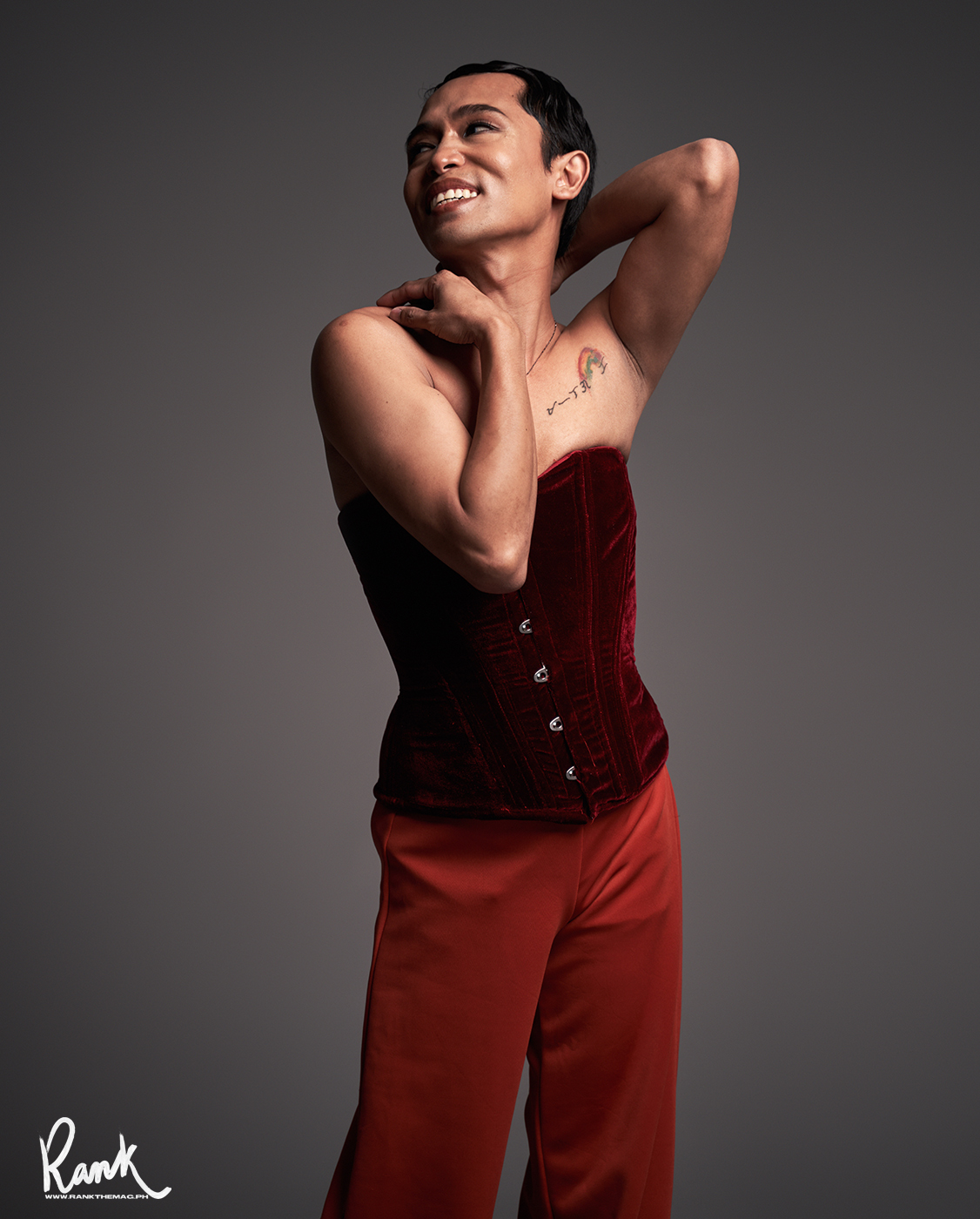
Adding to this rhetoric of pushing for representation on the stage and on the screen, in all its intricacies and layers and complexities, is his take on the idea of “breaking stereotypes” becoming “conditional”. Instead, it is the dangers of perpetuating caricatures of one-dimensional characters churned out by those who have no regard for the humanity of each written characters that should be given more thought over.
He notes, “When we say break the stereotypes, we are saying to break the spirit of these people, which is the humanity of these stereotypes. So, we shouldn’t break stereotypes because there’s nothing wrong with stereotypes. I think what we should do is we should humanize these stereotypes. Bakit nagiging masama ang stereotypes kasi one dimensional lang, like when you say with the role of Ada I am playing now as this ‘baklang parlorista’. Anong masama sa baklang parlorista? Hindi natin alam na yang ‘baklang parlorista‘ na ‘yan ay itinakwil ng magulang pero he turned out to be a good citizen and he serves the community, pero di natin nakikita ‘yon kasi we reduce that stereotype with that character description. Anong masama sa baklang parlorista? Kapag baklang abogado okay lang kasi abogado, baklang doctor okay lang?”
“I’m calling it now na mali when we say ‘break the stereotypes’. We should humanize the stereotypes, because that’s what’s lacking in our representation—the humanity of these characters. Walang mali sa stereotypes because they are here for a reason. It’s specific and it’s a real lived experience of an individual. If we say that what we feel and what we are experiencing is valid, then why are we saying break the stereotypes if it’s valid. To say that we should break stereotypes is a lazy thing, kasi sa totoo lang, mahirap mag-humanize ng stereotypes. We should break stereotypes that are not anchored on truth. Humanize the stereotypes, then you’ll find the truth in the humanity of the character, if we always try to find the humanity in each character, we’ll find the truth in it,” he furthers.
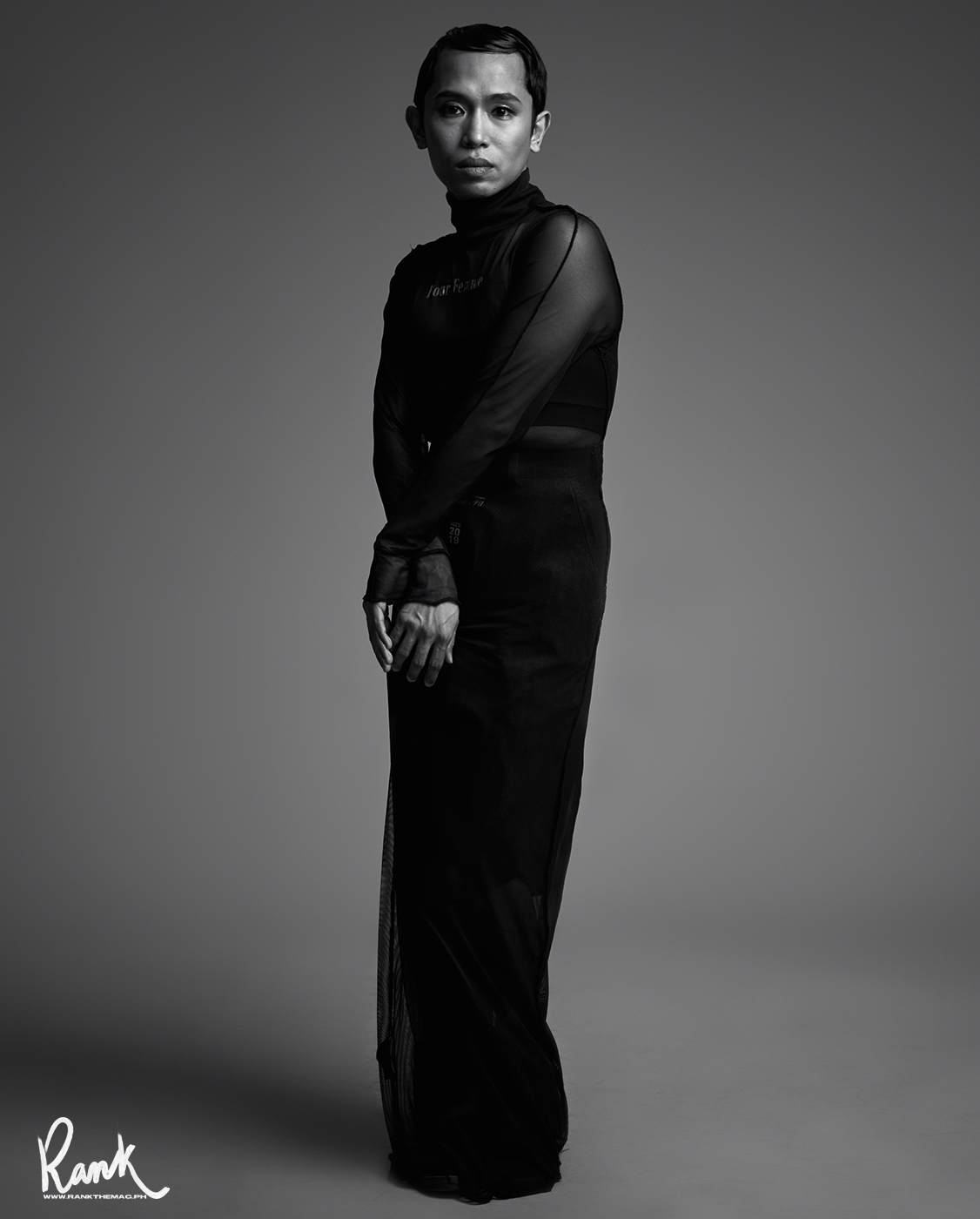
Stepping into more career-defining milestones, one beautifully acted role at a time, Palmos goes back to his evolved regard of his artistry and why reintroducing himself and what he can do more in striving to make space for more people like himself, on and off the entertainment scene, on his tenth year is a tall order, but one that he is game to take, fight and triumph for.
“I realized nung mas lumaki na yung gusto kong mangyari in terms of representation because of the roles I played, it became clear na kung ano nire-represent ko. So, sabi ko ‘Sige, gusto kong sumikat.’ Gusto kong sumikat kasi I know if I become famous, I have a louder voice. If I’m famous then I have a bigger influence, and if I’m famous, I can create positive changes, little changes that will benefit those people that I represent.”
In a declaration, Palmos chooses to amplify the message that strongly underscores the continuing formation of his career, “Ngayon ko na-realize kung bakit hindi ko nakikita ang sarili ko as an actor before. Because wala akong nakikita na kagaya ko at wala akong nakikitang kamuka ko growing up. Kaya I want what I want now, para kapag may nakakita sa akin na batang bading, sasabihin nya sa sarili nya na, ‘It’s possible for me to be famous even if I’m normal looking, femme, queer’ because when I was growing up, I thought it was impossible. I want to do it for them.”
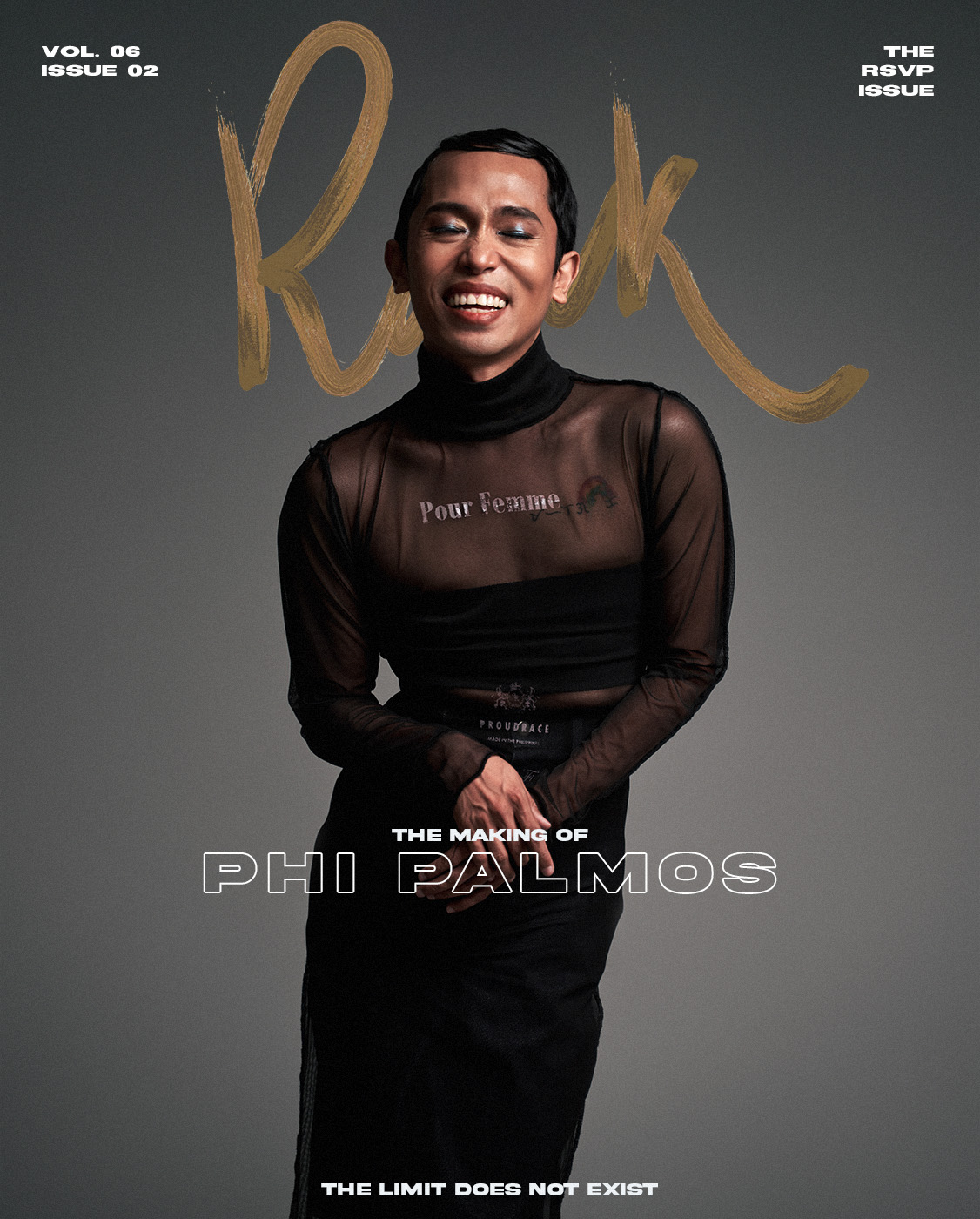
Produced, creative direction, and fashion direction by Leo Balante
Photography by Jharwin Castañeda
Styling by Leo Balante
Styling associate: Bhernn Saenz
Hair & Make-up by Nadynne Esguerra
Videography by Ash Dimayuga
Final video editing by Bhernn Saenz
With additional text and interview transcript by Tifany Soringa, Jedidiah Leigh Valenzuela, and Jamilla Ledda
Fashion by Nina Amoncio, Proudrace, Edwin Tan, and Job Dacon
